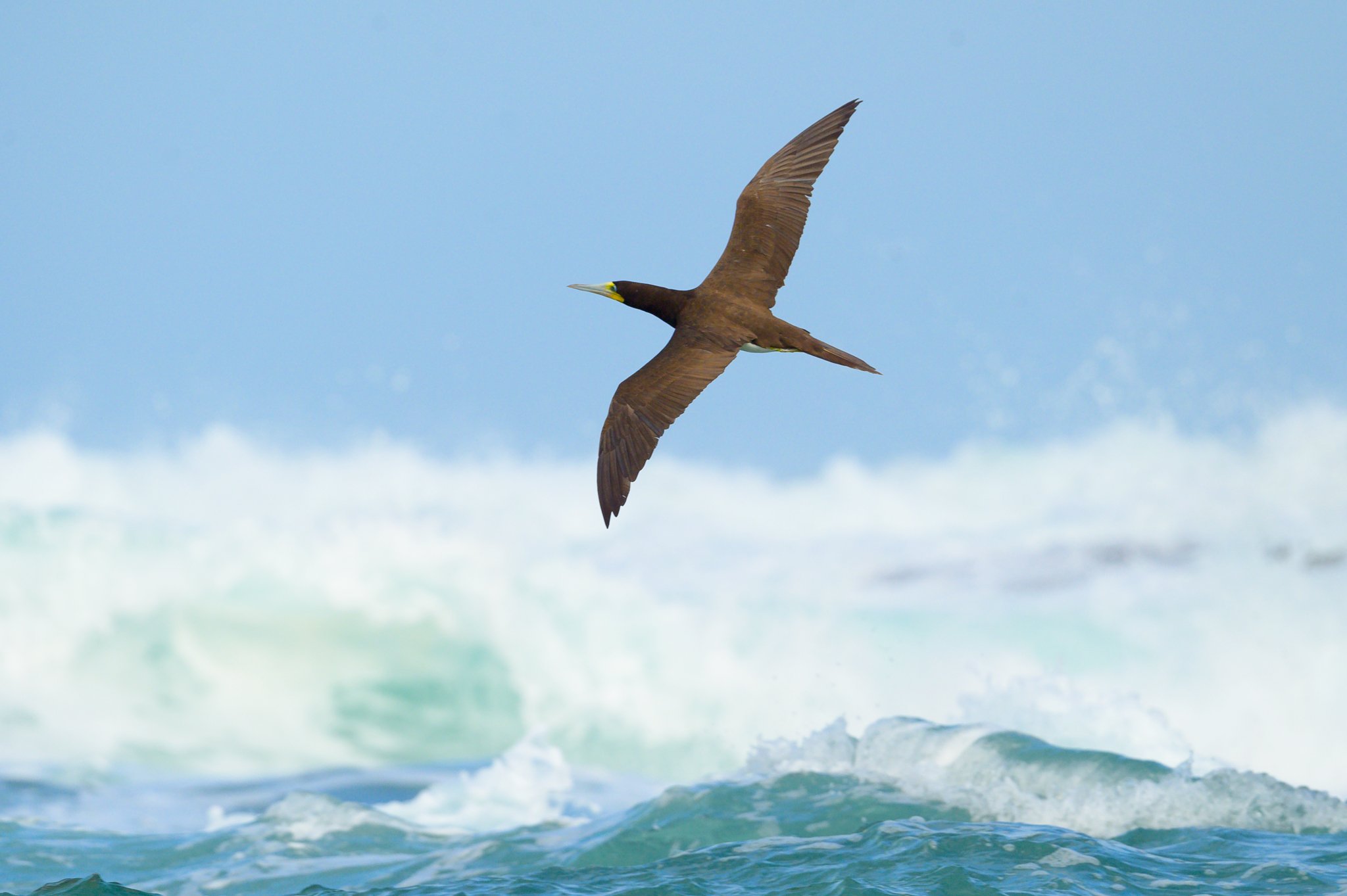Episode 4: Pelagic Seabirds in Panama
In this episode, Jared and Annalise discuss photographing pelagic seabirds at a nesting colony along the Caribbean Coast of Panama. While many different species utilize the island, the red-billed tropicbirds and brown boobies stole the show. The word “pelagic,” means open ocean. These are species of birds that spend their entire lives on the wing out over the ocean, returning to land only once a year to breed. Of all the many species of birds around the world, pelagic seabirds are both the least understood and also the most threatened group of birds on the planet.
Key Takeaways in this Episode
When it comes to photographing birds in flight, backgrounds are everything
Contrasting colors are one of the most important considerations when it comes to choosing how and where to photograph a species.
Experiments are beginning to suggest that turning off eye detect autofocus increases success rates with birds in flight
Understanding how to use close-focus priority autofocus area modes will dramatically improve your bird-in-flight photography.
Equipment Considerations
Bird-in-flight photography is always easiest when hand-holding a lens. When it comes to photographing from a boat, though, this is a must.
Finding a balance between the weight and focal length is important.
On this particular trip, Jared used a Nikon 500mm PF f/5.6 lens with the FTZ adaptor on a Nikon Z9. While this is a fantastic little lens, Jared said he will never do it again. The weather sealing of this lens was just not up to par with what was demanded of the equipment this year in Panama. And by the time they were in boats photographing pelagic seabirds, the 500mm PF lens had condensation INSIDE of the lens itself. This dramatically impacted the lens’s ability to accurately lock focus. Instead, Jared had to switch to his Nikon 120-300mm f/2.8 lens instead. This lens, while perfect for photographing monkeys and sloths, and various mammals in Panama, was not brought with the intention to be used to photograph birds on the open ocean. Next time, Jared will bring the Nikon 400mm f/2.8 w/ built in 1.4 teleconverter instead for this situation.
Annalise used the Sony A1 with the Sony 400mm f/2.8 and had no trouble with weatherproofing. While a heavier lens (6.4 pounds) than most would opt for using to photograph birds in flight, the superior glass, weather sealing, and autofocusing capabilities of this lens proved to make the additional weight well worth the effort. It’s also well-balanced for its weight, making it much easier to handhold than some of the larger primes of the past. With her 1.4x teleconverter, it’s a simple addition to get to 560mm at f/4. The Sony 200-600mm f/5.6-6.3 lens is another solid option for this type of photography. Its weight at 4.65 pounds is considerably lighter for most people, but the two-pound difference and a touch less reach wasn’t as appealing to Annalise for this scenario as the shallower depth of field with some of the more cluttered backgrounds.






